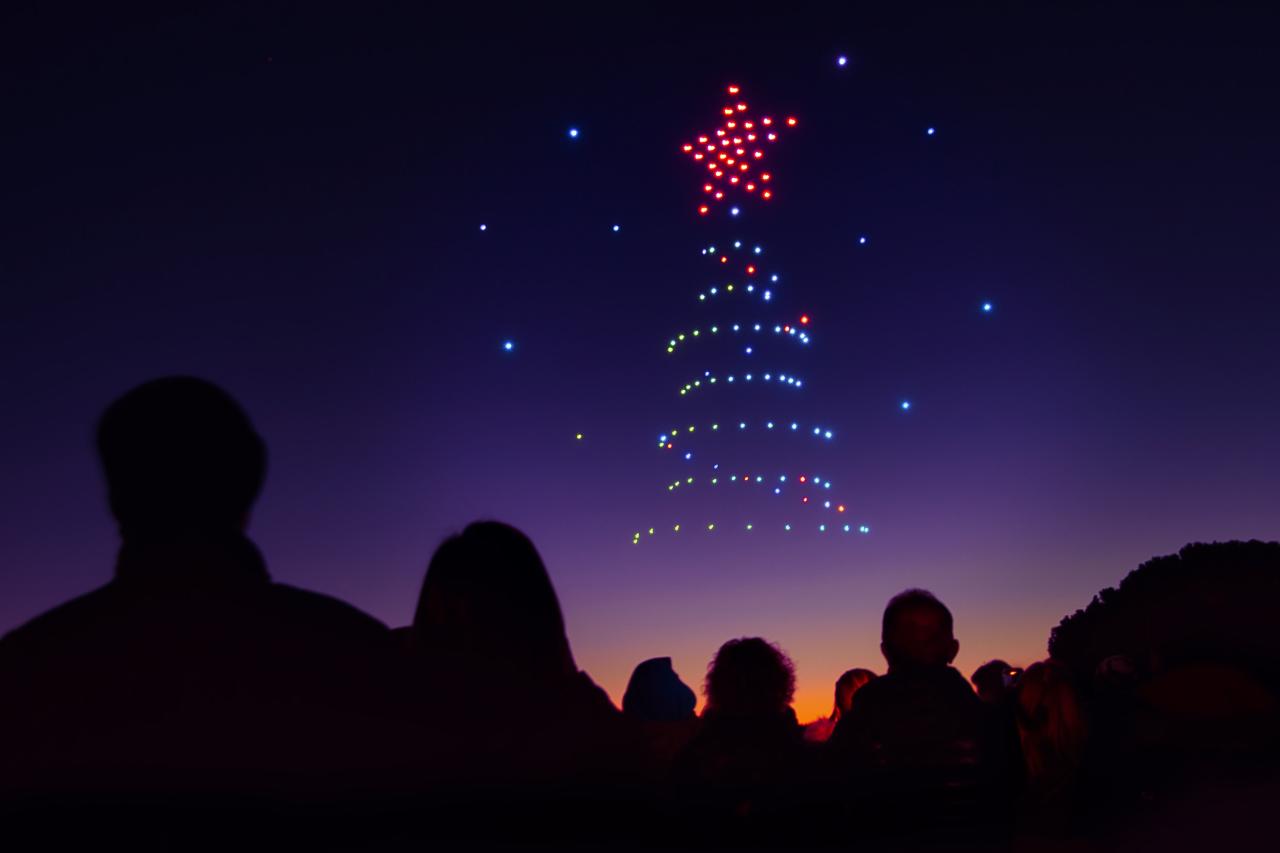Florida drone accidents are on the rise, highlighting the need for increased awareness of safety regulations and best practices. This examination delves into the various causes of these incidents, from pilot error and mechanical malfunctions to challenging weather conditions and unexpected wildlife encounters. We’ll explore the legal ramifications, preventative measures, and the evolving role of technology in mitigating risks.
Recent Florida drone accidents highlight the increasing need for robust safety regulations. The incidents underscore the importance of reliable monitoring systems, similar to the advanced capabilities showcased by the cobequid pass camera , which could potentially offer insights into improving drone flight safety. Ultimately, preventing future Florida drone accidents requires a multifaceted approach involving technology and stricter guidelines.
Understanding the complexities of operating drones in Florida’s diverse environments—from bustling urban centers to expansive coastal areas—is crucial for ensuring safe and responsible operation. This analysis provides a detailed overview of the relevant FAA regulations, potential consequences of accidents, and technological advancements designed to enhance safety.
Florida Drone Accidents: A Comprehensive Overview

Florida’s unique environment, coupled with the increasing popularity of drone usage, presents a complex landscape regarding drone accidents. This article examines the various types of drone accidents occurring in Florida, the legal framework surrounding them, essential safety measures, and the impact of these incidents. We will also explore the role of technological advancements in enhancing drone safety within the state.
Types of Florida Drone Accidents

Drone accidents in Florida stem from a variety of causes, broadly categorized as pilot error, mechanical failure, weather conditions, and wildlife interference. Pilot error encompasses issues such as improper pre-flight checks, loss of situational awareness, and exceeding operational limits. Mechanical failures include malfunctioning motors, GPS system failures, and battery issues. Florida’s weather, with its frequent thunderstorms, high winds, and humidity, significantly contributes to accidents.
Wildlife, such as birds, can also cause collisions.
Examples of accidents include collisions with buildings or trees, uncontrolled descents due to battery failure, and crashes resulting from pilot error. The impact of environmental factors such as humidity leading to electronic component corrosion, and high winds causing loss of control, are substantial contributors to drone malfunctions.
| Accident Type | Cause | Location (General Area) | Outcome |
|---|---|---|---|
| Collision with a building | Pilot error (loss of control) | Miami | Drone damaged; minor property damage |
| Uncontrolled descent | Battery failure | Orlando | Drone damaged; no injuries |
| Crash into a body of water | High winds | Everglades | Drone lost; no injuries |
| Collision with a bird | Wildlife interference | Tampa | Drone damaged; minor injuries to the bird |
Legal and Regulatory Aspects of Drone Operation in Florida
Drone operation in Florida is governed by Federal Aviation Administration (FAA) regulations, mirroring national standards. These regulations cover areas such as registration, certification of pilots, operational limitations, and airspace restrictions. Violations can result in fines, suspension of flight privileges, and even criminal charges depending on the severity of the incident and any resulting damage or harm.
Florida’s drone laws largely align with federal regulations, with some state-specific ordinances addressing local concerns, such as restrictions near airports or sensitive areas. The process for reporting a drone accident involves contacting the FAA and local law enforcement, providing details of the incident and any resulting damage or injuries.
Safety Measures and Prevention of Drone Accidents, Florida drone accident
A comprehensive pre-flight checklist is crucial for safe drone operation in Florida. This checklist should include verifying battery charge, checking motor function, assessing weather conditions (including wind speed and direction, humidity, and precipitation), and inspecting the drone for any physical damage. Pilots should maintain a safe distance from other aircraft, people, and structures, and always be aware of their surroundings.
A flowchart depicting the decision-making process in unexpected situations, such as loss of signal or malfunction, would enhance safety. Florida’s diverse environments—beaches, urban areas, and swamps—present unique hazards requiring careful consideration and appropriate flight planning.
Impact and Consequences of Drone Accidents

Drone accidents can lead to significant consequences, including property damage, personal injuries, and environmental harm. The economic impact can be substantial, affecting individuals through repair costs and potential legal liabilities, and businesses through operational disruptions and loss of equipment. Insurance plays a vital role in mitigating these financial consequences.
- A drone crash into a power line caused a widespread power outage in a residential area.
- A collision with a vehicle resulted in minor damage to the vehicle and injuries to the drone operator.
- A drone malfunction over a wildlife refuge caused disturbance to the local ecosystem.
Technological Advancements and Safety Features in Drones
Technological advancements are continuously improving drone safety. GPS systems enhance navigation and positioning, while obstacle avoidance sensors mitigate collisions. Autonomous flight capabilities can reduce pilot error. Advanced drones often incorporate features like return-to-home functionality in case of signal loss or low battery.
Recent news reports detail a concerning Florida drone accident, highlighting the potential dangers of unmanned aerial vehicles. This incident underscores the broader issue of drone safety, prompting comparisons to other high-profile events such as the recent kazan drone attack , which also raised significant security concerns. Understanding the causes and consequences of both incidents is crucial for developing improved safety regulations and preventing future accidents involving drones in Florida and elsewhere.
Drone detection and tracking systems offer potential benefits in monitoring airspace and preventing unauthorized flights, though limitations such as range and accuracy need consideration. The integration of these technologies is crucial for enhancing drone safety, particularly in the challenging environments found in Florida.
Safe drone operation in Florida requires a multifaceted approach encompassing rigorous adherence to regulations, proactive safety measures, and a thorough understanding of the unique environmental challenges. By implementing pre-flight checklists, remaining vigilant about weather conditions, and utilizing advanced technologies, pilots can significantly reduce the risk of accidents. Continued education and technological advancements are key to minimizing the impact of drone accidents and fostering a culture of responsible drone use within the state.
FAQ Overview
What is the process for obtaining a drone pilot license in Florida?
The FAA requires registration for most drones, and depending on the drone’s weight and intended use, a Remote Pilot Certificate may be necessary. Check the FAA website for specific requirements.
Recent news reports detail a concerning Florida drone accident, highlighting the increasing need for responsible drone operation. This incident, while unfortunate, pales in comparison to the scale of events unfolding overseas; for example, the recent ukraine drone attack on russia demonstrates the potential for drones in large-scale conflict. Understanding the implications of both events is crucial for establishing safer drone practices globally, particularly given the increasing sophistication of drone technology.
What type of insurance is recommended for drone operation in Florida?
Liability insurance is highly recommended to cover potential damages caused by accidents. The specific coverage amount should be determined based on the drone’s value and the potential risks involved.
Are there any specific restrictions on flying drones near airports in Florida?
Yes, there are strict regulations prohibiting drone flights near airports without proper authorization. Check the FAA’s B4UFLY app for airspace restrictions before each flight.
What should I do if my drone malfunctions during flight?
Prioritize safety. Attempt controlled descent if possible. Report the incident to the FAA and any relevant local authorities.
